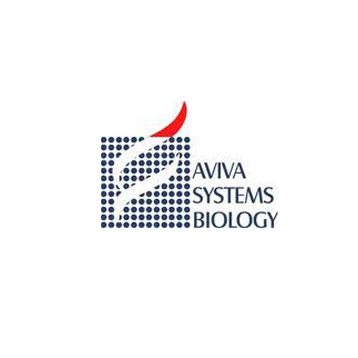Interleukin 22 (IL-22), also known as IL-10-related T cell-derived inducible factor (IL-TIF), is a member of the IL-10 cytokine family. Other members of this family include IL-10, IL-19, IL-20, IL-24, and IL-26 (1). IL-22 was initially identified as a gene induced by IL-9 in mouse T cells and mast cells (2). Human IL-22 cDNA encodes a 179 amino acid (aa) protein with a putative 33 aa signal peptide, sharing approximately 79% and 22% aa sequence identity with mouse IL-22 and human IL-10, respectively (3, 4). Although the related IL-10 is thought to act as a dimer, the crystal structure of IL-22 suggests it may interact with its receptor as a monomer (5).
The functional IL-22 receptor is of the class 2 subtype and consists of two receptor subunits,IL-22 R (previously an orphan receptor named CRF2-9) and IL-10 R (previously known as CRF2-4) (6). The IL-10 R chain is shared by IL-10, IL-26, IL-28A, IL-28B, and IL-29 (7, 8).
IL-22 R is expressed primarily in the pancreas, and to a lesser extent, tissues of the gastrointestinal tract, kidney, and skin (7, 9 - 12). A soluble receptor, IL-22 binding protein (IL-22BP), has also been described and may act as an endogenous inhibitor of IL-22 activity (13 - 15). IL-22 has been shown to activate Jak/STAT and MAPK signaling pathways and upregulate the production of acute phase proteins (3, 4, 6, 16 - 18).
IL-22 is produced primarily by activated Th1-type T cells and NK cells (19). Mouse IL-22 expression is induced in various organs upon lipopolysaccharide injection, suggesting that it may be involved in inflammatory responses (3). In humans, this is supported by the observation that IL-22 is produced by synovial fibroblasts and macrophages of rheumatoid arthritis (RA) patients and is capable of inducing pro-inflammatory responses in RA synovial tissues (20). In addition, it stimulates the production of pro-inflammatory cytokines and anti-microbial defensins in human keratinocytes (9, 10). These activities result in epidermal hyperplasia in models of human skin (9).
For the quantitative determination of human interleukin 22 (IL-22) concentrations in cell culture supernates, serum, and plasma.
Principle of the assay: This assay employs the quantitative sandwich enzyme immunoassay technique. A monoclonal antibody specific for IL-22 has been pre-coated onto a microplate. Standards and samples are pipetted into the wells and any IL-22 present is bound by the immobilized antibody. Following incubation unbound samples are removed during a wash step, and then a detection antibody specific for IL-22 is added to the wells and binds to the combination of capture antibody- IL-22 in sample. Following a wash to remove any unbound combination, and enzyme conjugate is added to the wells. Following incubation and wash steps a substrate is added. A colored product is formed in proportion to the amount of IL-22 present in the sample. The reaction is terminated by addition of acid and absorbance is measured at 450nm. A standard curve is prepared from seven IL-22 standard dilutions and IL-22 sample concentration determined.

 Products
Products  human IL-22 ELISA kit (48 Wells)
human IL-22 ELISA kit (48 Wells)
